Resources
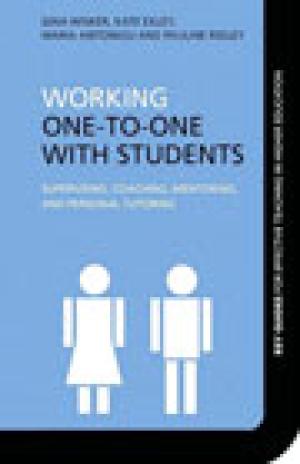
Working One-to-One with Students is written for Higher Education academics, adjuncts, teaching assistants and research students who are looking for guidance inside and outside the classroom. This book is a jargon-free, practical guide to improving one-to-one teaching, covering a wide range of teaching contexts, including mentoring students and staff, supervising dissertations and how to approach informal meetings outside of lectures. Written in an engaging, accessible style and grounded in experience, this book offers a combination of practical advice backed by relevant learning theory. Featuring a wealth of case studies and useful resources, the book covers areas including: º Supporting students º Encouraging independent learning Mentoring coaching and personal tutoring º Developing peer groups and buddying programmes º Dealing with diversity, difficult students and ethical dilemmas º Supervising the undergraduate dissertation º Supervising postgraduates in the arts, social sciences and sciences. This book is a short, snappy, practical guide that covers this key element of a lecturer's work. In the spirit of the series (KEY GUIDES FOR EFFECTIVE TEACHING in HIGHER EDUCATION) this book covers relevant theory that effectively informs practice. (From the Publisher)
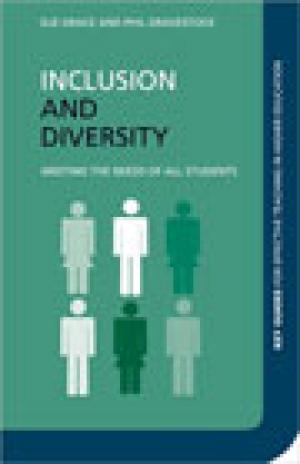
How should you prepare for the first day of class? How can you encourage all students to participate in discussions? How do you ensure disabled students can take part in field work? Increasingly, universities are drawing from a less traditional group of students – international students, disabled students, part time students, and mature students. This book offers specific, practical advice on the issues that teachers encounter when teaching in a diverse classroom. Inclusion and Diversity highlights good practice for all students, and provides a helpful structure around the day-to-day experiences of staff and students as they make contact with each other. With reference to the international literature, and discussing some of the educational principles that underpin an inclusive curriculum, this book covers a wide range of useful topics so that teachers will have quick access to guidelines on different aspects of teaching and learning: o small and large group teaching o e-learning o work placements o students’ lives out of the classroom o personal tutoring o skills agenda o assessment o employability and further study Addressing a range of themes, including student age, ethnicity, disability, sexuality and gender, this book aids all practitioners in higher education today – particularly those new lecturers meeting their students for the first time – to develop a better understanding of the issues involved in teaching a diverse range of students. (From the Publisher)

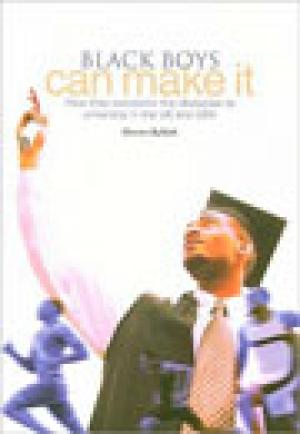
This book dispels the myth that Black boys are synonymous with underachievement. It demonstrates how many progress into higher education, albeit against the odds, and offers solutions for policy and practice. There is a plethora of research focusing on the underachievement of Black boys. But little attention has been given to their positive achievement until this author's research on both sides of the Atlantic. The book follows black male students in the USA and UK who have successfully accessed higher education— at both elite universities (Harvard and Oxford) and less selective institutions. It sets out to establish the extent to which they have been exposed to the factors known to correlate with the underachievement of Black male youths, and to identify the factors that have led to their educational success and influenced their access to, and choice of universities. Part One sets the educational scene in each country. Part Two looks at the obstacles the students encountered, covering social class; parental social capital; racism and racial identity; and addressing the boys' own negative attitudes and behavior. Part Three unravels the factors leading to success, devoting attention to parental roles; positive encounters with schools, teachers and community; the influence of church; and the students' personal qualities and navigational smarts. Part Four reviews the boys' processes of choice and application to university and concludes with implications for educational policy and practice. Here is a book that can be used both as guide to policy development, and as a practical tool for use by parents, teachers and Black boys themselves to help gainaccess to higher education. (From the Publisher)
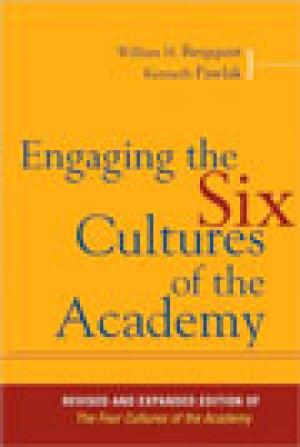
In The Four Cultures of the Academy, William H. Bergquist identified four different, yet interrelated, cultures found in North American higher education: collegial, managerial, developmental, and advocacy. In this new and expanded edition of that classic work, Bergquist and coauthor Kenneth Pawlak propose that there are additional external influences in our global culture that are pressing upon the academic institution, forcing it to alter the way it goes about its business. Two new cultures are now emerging in the academic institution as a result of these global, external forces: the virtual culture, prompted by the technological and social forces that have emerged over the past twenty years, and the tangible culture, which values its roots, community, and physical location and has only recently been evident as a separate culture partly in response to emergence of the virtual culture. These two cultures interact with the previous four, creating new dynamics. (From the Publisher)
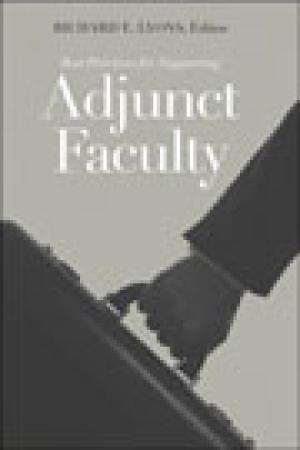
The number of part-time faculty members is increasing steadily, to the point that most colleges and universities could not function efficiently without them. The evening and weekend availability of adjunct faculty enables us to expand class schedules to serve the educational needs of nontraditional students, and their expertise offers students important real-world perspectives.Yet there is often a lack of preparation or support for their vital role. Best Practices for Supporting Adjunct Faculty is written for a full range of academic leaders, including instructional administrators, department chairs, and directors of teaching and learning centers. It showcases proven initiatives at a variety of institutional types—two- and four year, public and private—that help achieve the needs of adjunct instructors, while increasing their effectiveness within institutions’ existing delivery systems. This book provides research data on the initiatives highlighted, and valuable ideas for institutions expanding their professional development opportunities for part-time instructors—thus enhancing student learning and improving accountability outcomes. Contents include: * Deepening our understanding of adjunct faculty * Ensuring an effective start for adjunct faculty * Supporting adjunct faculty through face-to-face and online programming * Mentoring adjunct instructors in a variety of approaches * Building community and a sense of mission * Analysis of orientation, pre-service training, recognition, and comprehensive professional development programs for adjunct faculty * Portraits of proven programs and strategies for implementing initiatives atyour institution * An adjunct professor’s perspective on the benefits of supporting your part-timers’ teaching (From the Publisher)

Practically focused, easily accessible, this book is directly relevant to the academic environment in which department chairs operate. The authors—internationally known experts in academic administration—conducted interviews with department chairs and heads at 38 academic institutions from across the U.S. and Canada, public and private, two-year and four-year. The extensive interviews resulted in four thematic patterns that covered the overarching issues department chairs face: quality, change, culture, and leadership. Each chapter is packed with practical advice and concludes with questions and resources to help chairs develop constructive responses to the myriad issues facing them. (From the Publisher)
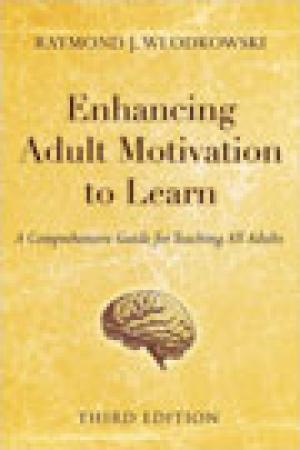
New to this edition is the blending of a neuroscientific understanding of motivation and learning with an instructional approach responsive to linguistically and culturally different adult learners. Based on the most current educational and biological research, Enhancing Adult Motivation to Learn addresses issues that focus on deepening learner motivation and helping adults to want to learn. In the book, Raymond J. Wlodkowski offers a clear framework and sixty practical, research-based strategies that are designed to elicit and encourage learner motivation. In addition, the book is filled with practical examples, guidelines for instructional planning, and cutting-edge ideas for assessment and transfer of learning. (From the Publisher)
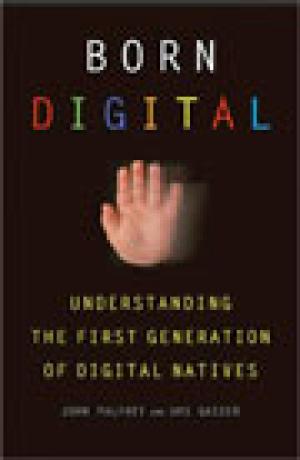
The first generation of “digital natives” – children who were born into and raised in the digital world – are coming of age, and soon our world will be reshaped in their image. Our economy, our cultural life, even the shape of our family life will be forever transformed. But who are these digital natives? How are they different from older generations – or “digital immigrants” – and what is the world they’re creating going to look like? In Born Digital, leading internet and technology experts John Palfrey and Urs Gasser offer a sociological portrait of this exotic tribe of young people who can seem, even to those merely a generation older, both extraordinarily sophisticated and strangely narrow. Based on original research, Born Digital explores a broad range of issues, from the highly philosophical to the purely practical: What does identity mean for young people who have dozens of online profiles and avatars? Should we worry about privacy issues – or is privacy even a relevant concern for digital natives? How does the concept of safety translate into an increasingly virtual world? Is “stranger-danger” a real problem, or a red herring? What lies ahead – socially, professionally, and psychologically – for this generation? A smart, practical guide to a brave new world and its complex inhabitants, Born Digital will be essential reading for parents, teachers, and the myriad of confused adults who want to understand the digital present – and shape the digital future. (From the Publisher)
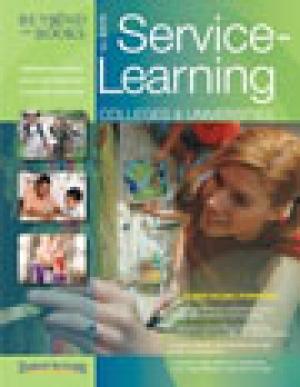
The Guide to Service-Learning Colleges and Universities is a wonderful resource for college-bound students interested in making a difference in their communities and gaining valuable hands-on experience while earning college credit. All institutions chosen for the Guide excel at providing students genuine service-learning experiences and programs. The Guide contains a complete explanation of service-learning using licensed information from the National Service-Learning Clearinghouse, colorful articles from colleges and universities around the country, and exciting examples of how students from New York to Los Angeles and everywhere in between are becoming involved. Also included is a directory of all selected schools, admissions and service-learning contact information, easy-to-read college profiles, college fast facts, and course spotlights highlighting specific academic courses. Everything students need to know about what service-learning is, how they can get involved, and which colleges excel at service-learning is found in this comprehensive student-friendly guidebook. (From the Publisher)